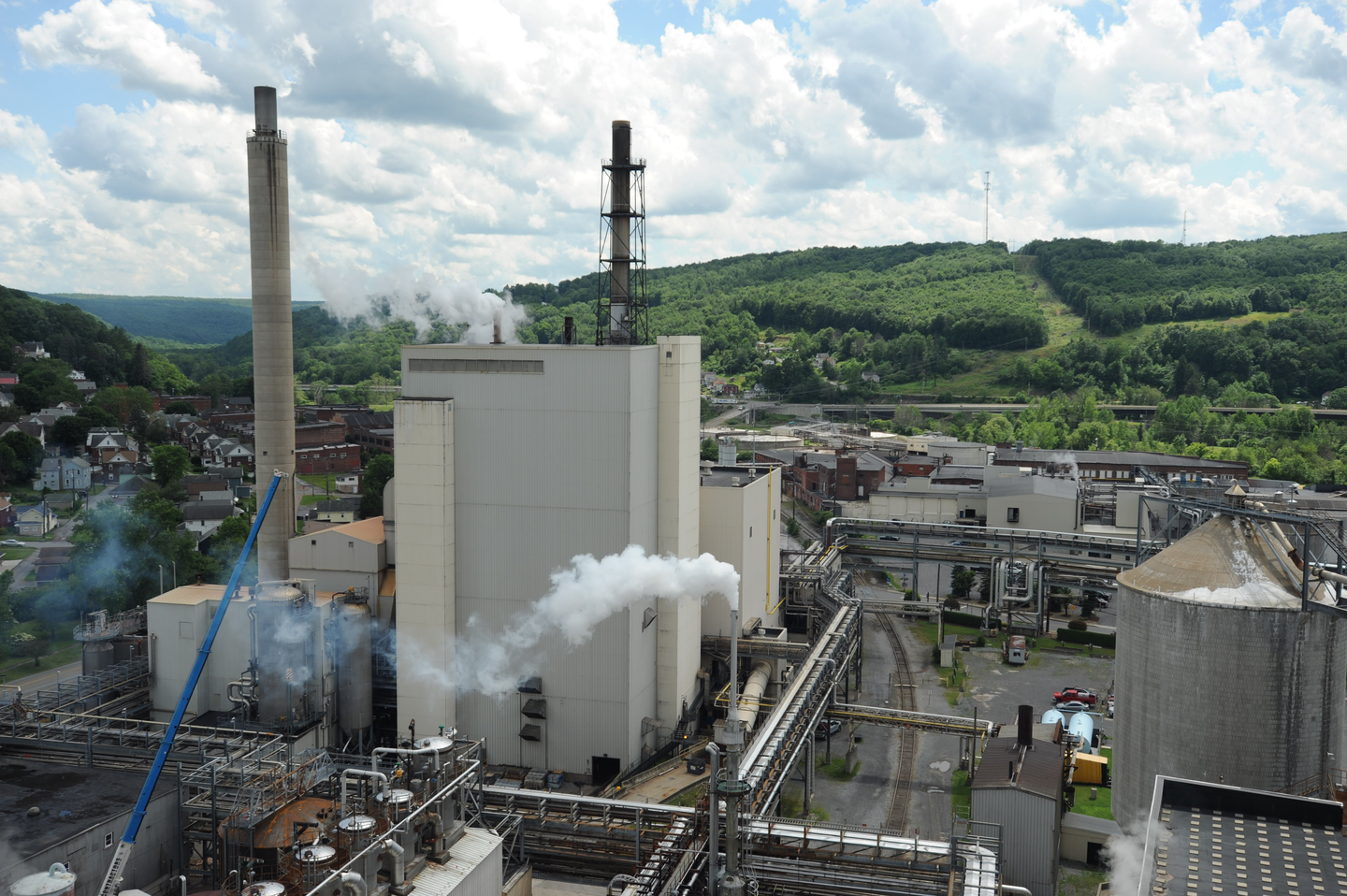White paper, like white paint, is not just white.
Brightness is an important characteristic in our paper products. The brightness of white paper matters to customers who use it for printing books, brochures or marketing mail.
To achieve the specified brightness, our mills use chlorine dioxide in the pulping process, which is also widely used for treatment of drinking water. We use it to brighten pulp after it’s reduced from wood. The pulp goes through a three-stage bleaching process to achieve the desired brightness before continuing through the mill to become uncoated freesheet paper.
Through a continuous improvement project, the team at our Johnsonburg Mill in Pennsylvania has managed to reduce the volume of chlorine dioxide used while maintaining the brightness our customers expect. The work also highlights Domtar’s commitment to quality and sustainability.
The key to achieving this reduction in chemical use was the installation of an “advanced model predictive control system in the mill’s bleaching plant to reduce variability in the bleaching process,” says John O’Donnell, Domtar’s director of fiber line optimization.
“With this new instrumentation, the team was able to maintain its target brightness, enhance variability metrics and reduce chemical usage, which, in turn, improves the mill’s environmental impact,” he says.
Without such a precise system, it could be easy to use more chlorine dioxide than necessary to achieve the paper sheet’s desired brightness quality, says Abby Haldiman, Johnsonburg Mill process engineer. At a certain point, additional chemical no longer impacts brightness, she says, which means any over-application of the chemical becomes waste.
“The project and the new controls allowed us to identify where the peak efficiency is to ensure we aren’t going past our ceiling and being able to shift that chemical demand to other areas of the bleaching process,” Haldiman says.
The project has been a success. After the new instruments were installed in 2021, the team commissioned and started the advanced controls in two weeks. The following week, the mill achieved the project’s goals, reducing total chlorine dioxide usage by nearly eight percent.
Going forward, the team will continue to monitor the system to ensure long-term sustainability while also evaluating more ways to optimize it for further improvements to quality and sustainability.
